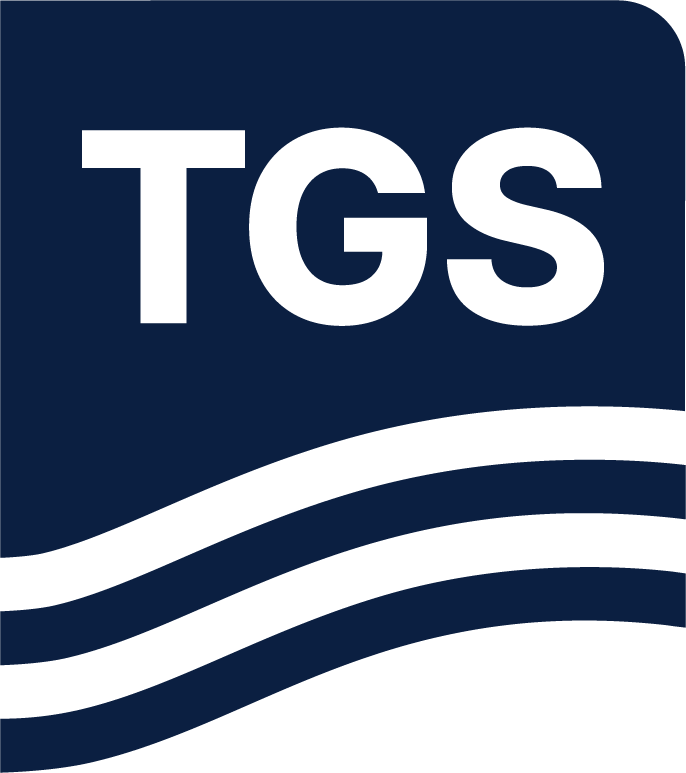Paper Summary
High-density 3D seismic data over the Greater Endurance CO2 area have been processed by deploying a processing sequence to maximize resolution, including migration algorithms using primary reflections or multiples. Although near-offset sampling is dense with the new 3D survey, imaging with multiples provides further uplifts and complimentary information as the illumination and raypath diversity are increased when each receiver is used as a virtual source. The final data are compared with legacy 3D volumes and 2D site survey data, demonstrating the significant value the new data adds to initial shallow geology screening exercises and improving store characterisation.

